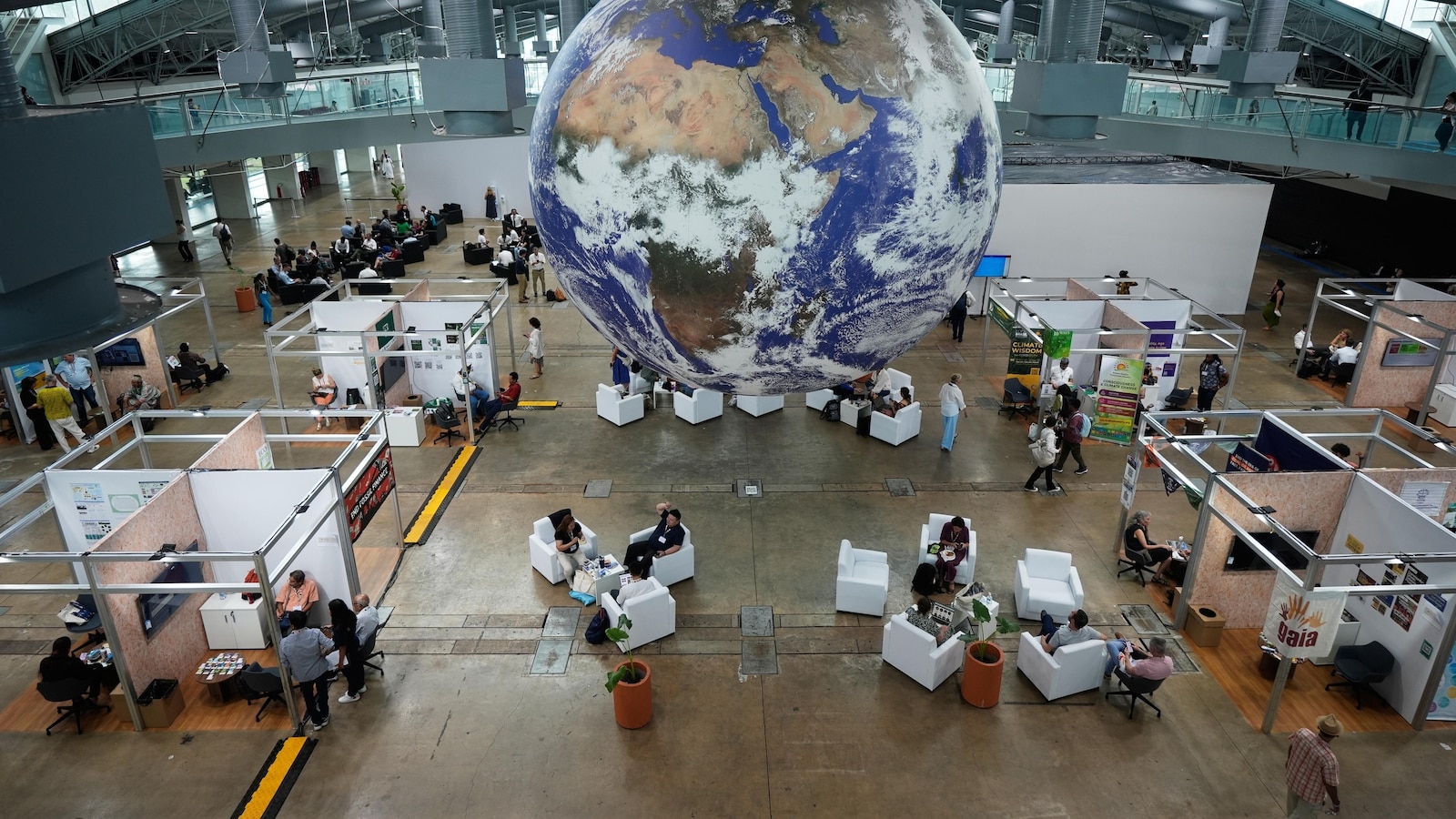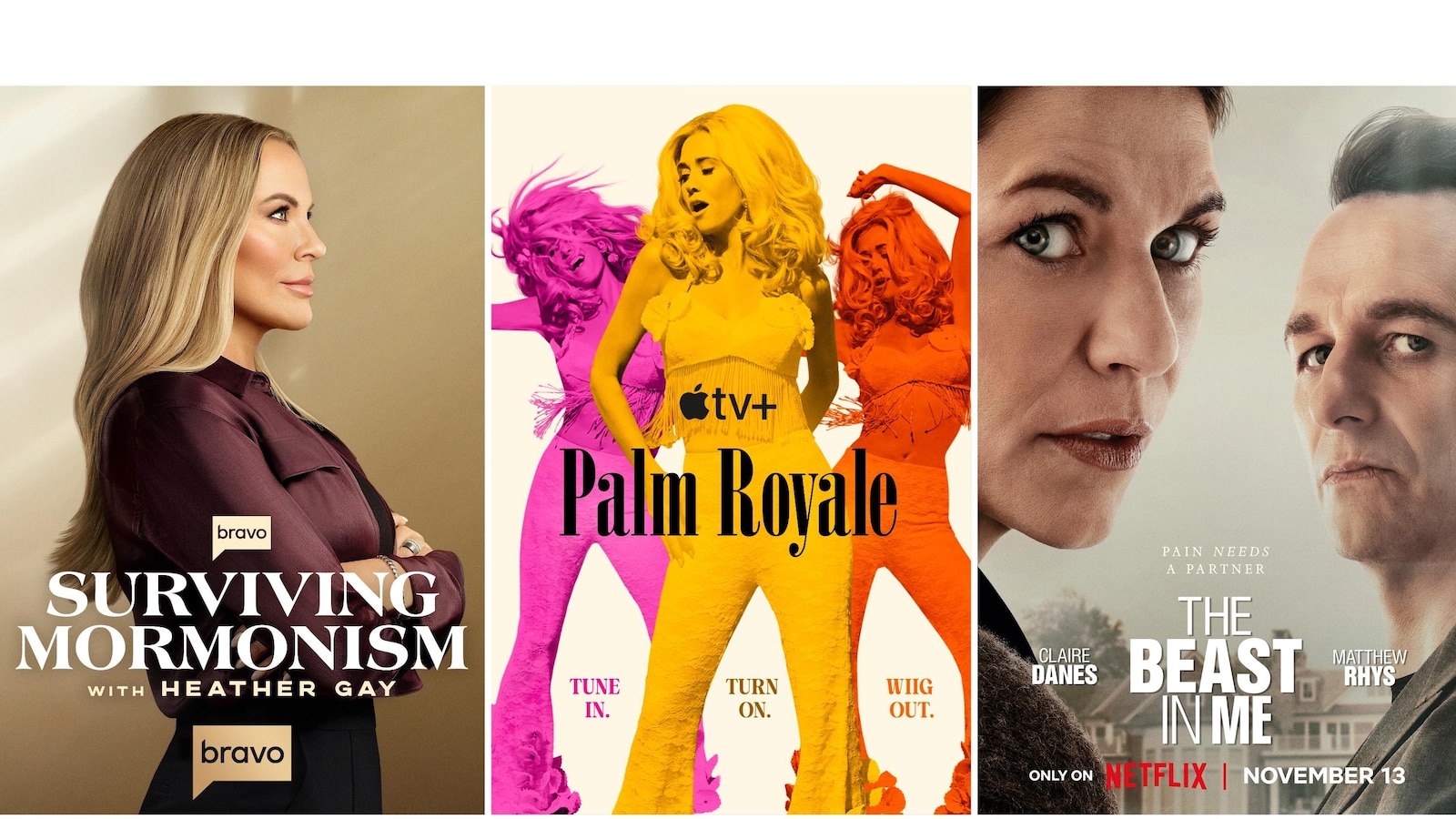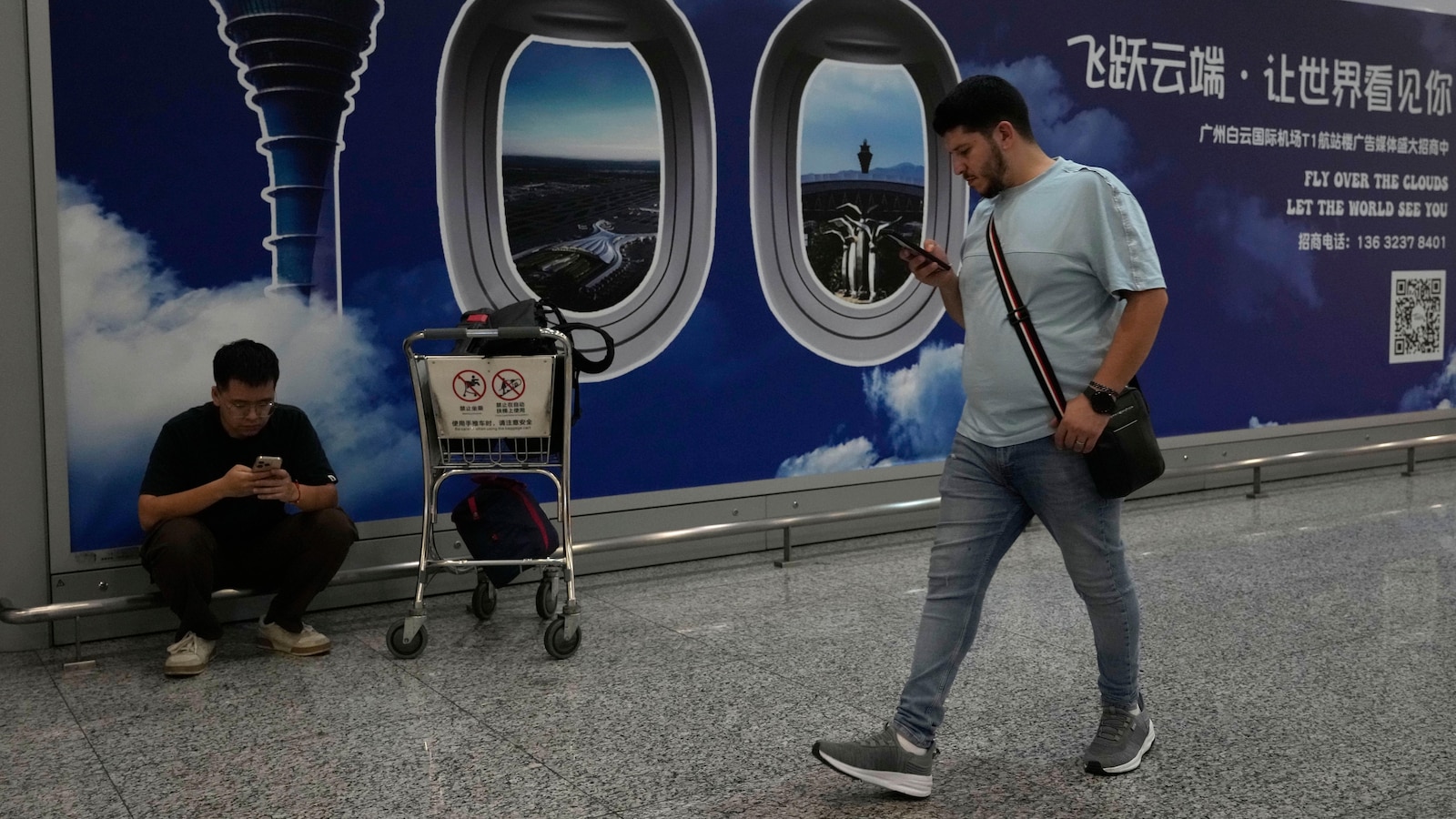Peter Rogers has held many different titles within the additive manufacturing (AM) industry over the years, with the latest title being CEO of Layered Ltd, the consultancy Peter founded, headquartered in Japan (you can find out more about that in an interview here did recently for Joris Peels’ 3DPOD).Peter’s next role will be a three-day stint, February 24-26, as host of Additive Manufacturing Strategies in 2026! Peter Rogers, CEO of Layered Ltd, image courtesy of TCT Magazine With such a wealth of knowledge that he’s amassed throughout the formative era of the AM industry, we reached out to Peter to get his thoughts on AMS past, present, and future.For anyone interested in digging deeper into the topics Peter touched upon, we’ve also included some links to relevant 3DPrint.com coverage.
Matt Kremenetsky: As someone who’s both attended AMS and is now about to be a host for the first time, how would you describe what makes the event unique to someone who’s never attended? Peter Rogers: When I first attended this event, I was unsure of what to expect.The line-up of presenters included many CEOs and there were also numerous VCs in the mix.Not marketing people and sales people, but the people that are really driving strategy and setting the trajectory of the industry.
Hearing about the finances of additive and where those controlling the purse strings are focusing has really helped to understand where my clients and I should be expecting future growth.AMS is more raw, finance-focused and direct, rather than some of the other events where the “selling the dream” is the overarching theme.Check out this article from January, 2025 to find out more.
MK: What’s the most important/memorable thing you’ve learned from attending AMS over the years? PR: As I am working with various early stage start-ups who are looking to raise as a strategic advisor, understanding where the focus of VCs were was very important for my work this year.With the financial volatility and financial failings of some large players in the industry, taking similar propositions to what worked 4-5 years ago will no longer bring in the investment returns that most CEOs have been expecting.Understanding what will be of interest, and where market analysts expect growth really helped me to define many investment pitch strategies that I helped co-develop.
This article about AMS 2024 sheds additional light on similar issues.MK: Given that you work in the Asia-Pacific region, why is it still important to attend industry events in the U.S.? PR: Japan in particular is notoriously bad at sharing what they are doing.Keeping their cards close to their chest and not sharing is a standard business culture, so learning from the various high end presenters that attend is quite an eye opener.
The maturity of the attendees on their AM journey is very impressive, and the majority of companies could learn a lot from hearing their stories and networking with them.The networking aspect of the event is really well done, and the discussions are always very insightful.The seminars and the networking are incredibly important in helping APAC companies to learn how they can refocus their AM efforts to achieve the best returns.
Sangmin (Simon) Lee wrote an excellent article on what’s going on in Asia about his experience at Formnext Asia Shenzhen 2025.MK: You’ve had experience in many different roles in the industry, including working for established brands and startups, OEMs and software firms, and now running your own company.What do you enjoy most about being your own boss — and what’s the most challenging aspect to it? PR: Having the freedom of following things that are of the most interest to you, and being able to control what I focus on is quite liberating.
Working with various different companies as a consultant really helps for me to keep a zoomed out, big picture approach to the various technologies and how each influences the broader industry.Having also worked at a few larger companies, running my own company helps me to keep a more balanced, less biased viewpoint about the capabilities and where they can achieve the best returns.A lot of the engagements will be limited period consulting projects, which means that there is always a lot of ongoing business development work that I need to do on my services.
While this is a challenge, it is also a very exciting part of the role, and I love to find the right technologies for the market at that time.For contrast, Peter’s interview with Joris Peels from 2019, which Peter gave while he was working at Autodesk, adds a different angle.MK: What are a couple of the most important issues/themes in the AM industry in Asia right now that you think are flying completely under the radar to Western observers? PR: In what ways are APAC AM companies refocusing on a regional strategy, when the US political situation is making business planning so challenging? No doubt, the US was, and still is, the key focus of most companies’ expansion plans, but at the moment the tariff situation is causing companies to pivot.
Chinese companies are pushing hard on the Japanese, Korean, Singaporean and Australian markets at a rate that has not been seen in the past.Expected sales into the US have not been achieved, so these high growth markets are becoming a crux of their business planning efforts.Some of the US companies that I work with are starting to have to market themselves as the best partners for the global market, when previously it was just assumed.
It will be great to hear more about how the presenters at AMS will be working on both their domestic and international business plans given the current political situations.Tuan TRANPHAM and Vanesa M.Listek give even more insight into the same set of topics in this recent piece.
Formnext Asia Shenzhen 2025.Image courtesy of Sangmin “Simon” Lee for 3DPrint.com.MK: Do you think the industry has swung too far in the direction of “no hype,” is there still too much hype, or do you think we’ve finally hit a sweet spot where expectations and reality are starting to balance out? PR: I believe that there are still numerous companies that are overvalued.
As an overall industry, we have had way too much hype with many economic deliverable forecasts not being realized.The AM industry has definitely had it’s tail between it’s legs for a while now, but hype cycles say that this is very natural, and I feel that while we still have a bit of overhype, we are maturing steadily.In saying that, investors have also learned a lot, and they were heavily investing into this new, exciting technology without a fully thought-out understanding of what could be actually achieved.
Naturally, bad intentioned players will take advantage of that.The technology still needs to have a little bit of sex appeal to bring in interest, so a little bit of overhype is probably a healthy place to be, but with the maturity of all players in the market now, the ability to cut through the BS is leading to a more natural market expectation of the technology.We better understand the challenges, and hence can better plan and deliver solutions.
For a deep dive into how the dental industry scaled its AM adoption, and what other industries can learn from that story, check out this 3DPrint.com PRO article by Scott Dunham, Executive Vice President of Research at Additive Manufacturing Research.Thanks for the free consulting session, Peter! Click here to register for AMS 2026, and remember, it pays to register early! This interview was originally seen in AMS: The Preprint. Subscribe to Our Email Newsletter Stay up-to-date on all the latest news from the 3D printing industry and receive information and offers from third party vendors.Print Services Upload your 3D Models and get them printed quickly and efficiently.
Powered by FacFox
Powered by 3D Systems
Powered by Craftcloud
Powered by Endeavor 3D
Powered by Xometry
3DPrinting Business Directory
3DPrinting Business Directory









